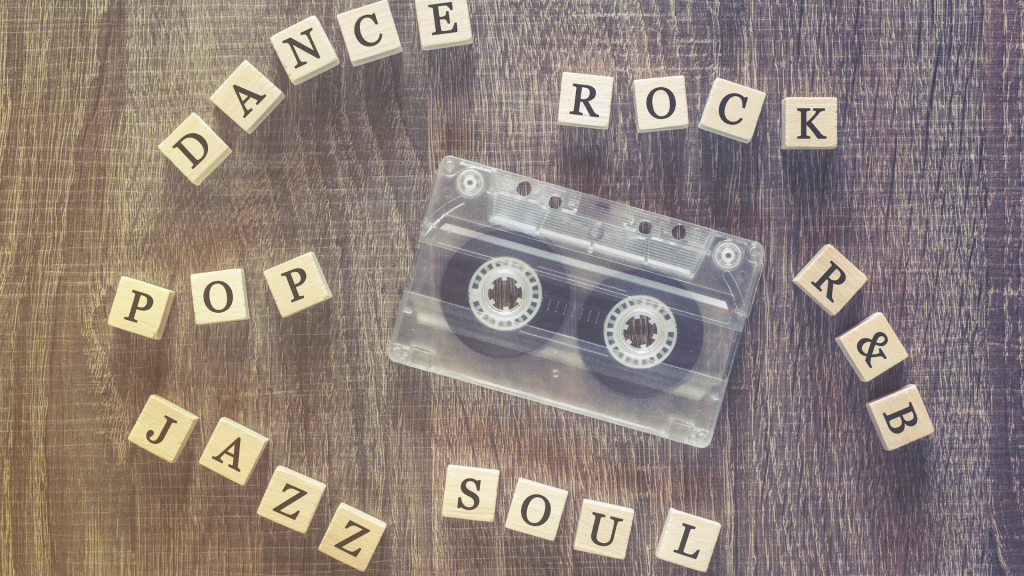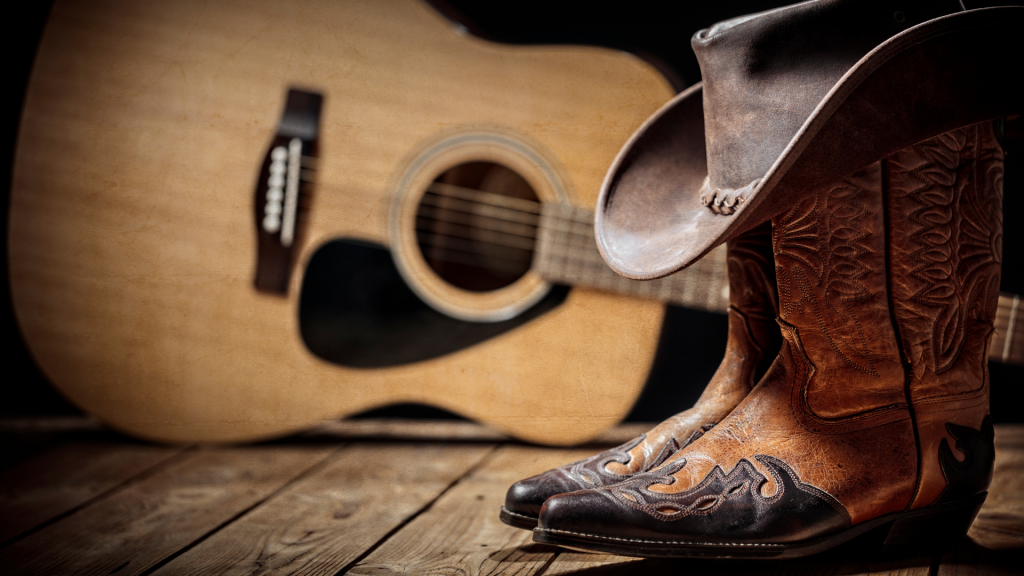Many people dream of becoming an artist, but few manage to make a living as an artist. While it’s true that there are bigger opportunities out there, it doesn’t always have to be that way. Many artists have found a way to earn their living doing what they love. While some artists make a full living from their art, others are able to supplement their income by selling their work to galleries and museums.
Are you an artist who dreams of making a living with the art you create? The good news is that pursuing art as a career is possible. According to the U.S. Department of Labour, it’s one of the top 10 most creative jobs. But does your artwork need to speak for itself? Most artists benefit from some form of training, such as a fine arts degree or art school. However, you can also pursue art as a career without a formal degree. Either way, there are plenty of opportunities, including a freelance illustrator, teacher, or designer.
Art is a passion that’s often nurtured from an early age. However, many people wonder if pursuing art professionally is feasible. The reality is that while many artists are self-employed, others work in careers that draw on the skills they’ve developed through their art practice, such as in marketing or textile design.
When you think of an artist, you probably think of people who paint, sculpt, draw, or perform other artistic endeavours. But art students often focus on studying things like art history, studio art, sculpture, or design. Students of fine arts often pursue careers as graphic designers, interior designers, or industrial designers. But becoming a working artist can sound pretty daunting, even to people who enjoy the arts.
Pursuing art as a career may not be the easy road that many assume it is. Making ends meet as an artist requires commitment, a lot of passion as well as determination. From marketing yourself to finding the motivation to keep creating, it takes a lot of know-how to make a living as an artist. But the rewards can be great when you finally find success.
Pursuing an art career isn’t for the faint of heart. Art is subjective, and no one really has an objective measure of how good your art is. There’s no way to compare one artist to another objectively. So how can you pursue a career in art? The answer is that you really don’t have to pursue one. Pursuing an art career is entirely possible even without having a degree. With a little bit of creative thinking, you can experience the joy of working in your medium while also making a living.
If you’ve always dreamed of making it in the creative industry, but you don’t know how to turn your hobby into a real career, you’re not alone. We’ve all had those moments—the time when we sit down to draw, write, or paint and can’t resist the urge to create. Suddenly, we’re consumed by the need to create, and we can’t pull ourselves away until we’ve created our masterpiece. But can this pastime turn into a career? The answer isn’t a simple one and may vary depending on your field.
The Essence of Pursuing Art as a Career
Pursuing art as a career is attainable. There are many paths you can take for those who are creative but have a hard time making a living at it. Artists and animators can work from home without a boss breathing down their necks. If you want to pursue art as a career, start by finding an artist to learn from.
Many think that being an artist is an impractical career choice. But others may argue the opposite. With the rise of technology, art is no longer required to make a living. It doesn’t matter what society thinks that being an artist means. What matters is how you feel. Is art a passion, an occupation, or an obsession? If you’re looking to focus solely on art, you might not need to earn a living.
Many people assume that if you are talented, then you should be able to pursue your chosen career path. That is not always the case. Not everyone is born with the talent and ability to create. Many art forms include teaching, training, and study that is necessary to reach a certain level of mastery. For this reason, not everyone is cut out to pursue an art career.
Long-held beliefs about art careers being artist-only have been smashed. Today, art educators realize that art is a powerful vehicle for students to develop social and emotional skills. Art is used in schools to improve student engagement and achievement; teach students coping strategies, and foster creative problem solving. Creativity, innovation, and collaboration are the skills employers are pressing for the most from educators and schools, and in today’s job market, creativity is more important than ever.


